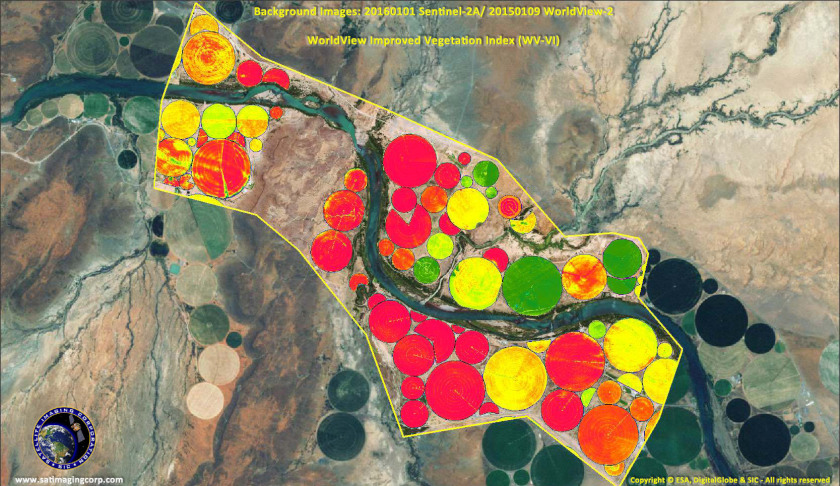But how much better could it become? And what could step into the gap if satellite-based navigation suddenly became unavailable?
Europe and the US are considering what might come beyond current satellite navigation technology, with the European Space Agency’s Navigation Innovation and Support Program (NAVISP) and the US Department of Transportation recently sharing their ideas.
That occurred at the recent ESA NAVISP Industry Days where US Department of Transportation Deputy Assistant Secretary for Research and Technology Diana Furchtgott-Roth was guest speaker.
The US is researching back-up or complementary positioning, navigation and timing (PNT) solutions to satellite navigation, as is NAVISP.
The US operates the Global Positioning System (GPS), initially developed for the military but ow widely used in civil applications. Europe operates its own system called Galileo.
There are others – Russia’s GLONASS, China’s BeiDou and India’s NAVIC.
Australia has its own ongoing research project aimed at enhancing positioning accuracy, very useful for agriculture, mining, air safety and much more.
ESA said there were more than 5 billion satnav receivers in existence worldwide and Global Navigation Satellite Systems (GNSS) were estimated to underpin 10 per cent of the European economy.
However, satellite navigation remains susceptible to jamming, spoofing or atmospheric or other interference.
NAVISP research and development includes the study of alternative resilient methods to deliver positioning, navigation and timing (PNT) information.
Furchtgott-Roth said the US was doing the same, but with a strict deadline, imposed by Congress, of having the alternative PNT system ready by the end of this year.
“Last September, my office announced an opportunity for technology vendors to participate in a demonstration to examine possible PNT technologies that can operate in an absence of GNSS signals. Since then we have awarded 11 contracts, and this March will see the demonstration of all of these technologies,” she said.
That includes terrestrial radio system called eLoran, an enhanced version of a navigation system dating back to World War II, use of Iridium and Globalstar communication satellites, Wi-Fi and cell signals for localisation and fibre-optic technologies.
The US is now setting up a common testing ground to assess these different capabilities.
“We want to know how these technologies perform vertically, as well as horizontally, and also how well they work through walls and underground, where today GNSS is unavailable,” she said.
The Transportation Department, US Defense Department, Homeland Security and others will have a say on what technologies or combination of technologies to take forward.
“This effort will inform implementation of a system that by law is required to be terrestrial, wireless, have wide coverage, be difficult to disrupt and be capable of expansion to provide positioning and navigation services,” she said.
“National and economic security and safety are, and must remain, our top priorities. GPS cannot be a single point of failure for transport and other critical infrastructure.”
Europe has its own ideas. One is the High Altitude Pseudo Satellite (HAPS), an airship able to act as a satellite in a satellite navigation denied environment.
Another is the MisSATo project to develop jam-resistant antennas for vehicles able to use GPS and Galileo signals and also provide centimetre-level accuracy.
Furchtgott-Roth said the US and Europe were researching the same kind of problems.
“We support continuing sharing our results, and avoid reinventing the wheel. That’s one of the most important outcomes of attending these kind of conferences,” she said.

